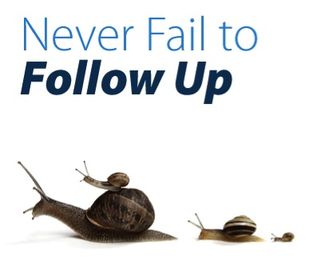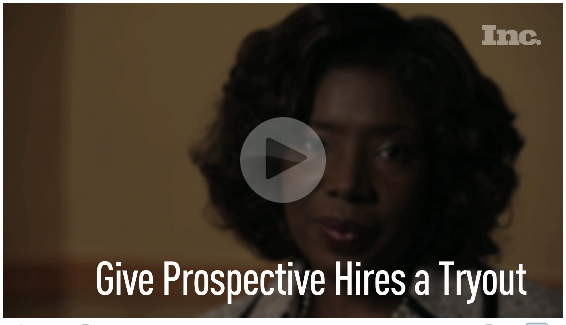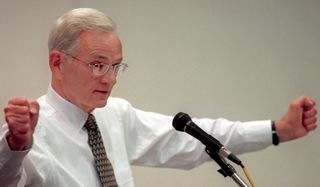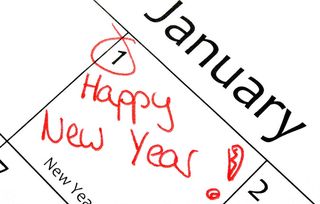Editor's Note: Here is one of our New Year's Resolutions: WorkPuzzle will now be publishing articles written by guest contributors. The first guest contributor is Mark Johnson. Mark is a coach, speaker, and trainer who works with the Tom Ferry Companies.
I've been thinking about the businesses where I
choose to spend my hard earned money and time. And what I've found is these
businesses all offer me something unique and different. It's really no
different in your retention and recruiting efforts. So…
What makes you different and unique from the
others in your market?
 Everyone is honest, hard working and
Everyone is honest, hard working and
knowledgable… so other than what everyone else has, what's your unique value
to your target clients? How will they know you are different or unique?
Like an airplane, a bus or a rental car any
company or most any agent or brokerage… they all can get you there. We
compete in a commodity business.
So why would an agent choose you?
Why would they stay with you?
Why would they recommend you to others?
Here is an excerpt from Gary Vaynerchuk's book the Thank You
Economy to consider as you execute your business plans for 2013:
"
Consumers' demand for authenticity, originality,
creativity and positive intent have made it necessary for brands to revert to a
level of service rarely seen in decades. Which leads me to believe one of
your best competitive advantages is superior customer service. Creating an
exceptional experience…"
We've entered a new era in business… one where
the biggest return isn't tied to throwing money at advertising campaigns but in
proving you care about your customer more than anyone else. How?
1. Be authentic – online or offline – say what you
mean and mean what you say.2. Speak your customers language.
3. Build a sense of community around your
brand.4. YIKES – use some "shock and awe" to
blow your customers minds and get them engaged and talking.5. Don't be afraid of what's new and unfamiliar…
How can you create an exceptional experience for
your agents?
Join the WorkPuzzle Discussion at the Tidemark Online Community (TMOC)
Engage in the WorkPuzzle discussion by joining the TMOC private social network. Commenting on a public blog like WorkPuzzle can be a little intimidating, so why not join the discussion inside the privacy of the TMOC discussion group?
By joining TMOC, you'll get to see who else is in the group and your comments will only be seen by those whom you trust. Joining TMOC is quick, easy, and free (no kidding…this takes less than 2 minutes). To get started, click here.
Already of a member of TMOC? If so, join the WorkPuzzle Dialog Group by clicking on the WorkPuzzle Group icon on the left side of your TMOC homepage. Questions? Email the WorkPuzzle editor (workpuzzle@hiringcenter.net) and we'll walk through the process.
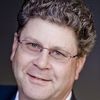 Editor's Note: This article was written by Mark Johnson. Mark
Editor's Note: This article was written by Mark Johnson. Mark
is a coach, speaker, and trainer who works with high-performing real estate
agents, teams, managers and leaders in the highly competitive Southern
California marketplace and across the United States.
A US Army veteran, Mark
has since led multi-million dollar strategic operations initiatives, major
sales and recruiting promotions, sales force automation ventures, and help desk support projects. He currently works with the Tom Ferry
Companies.



